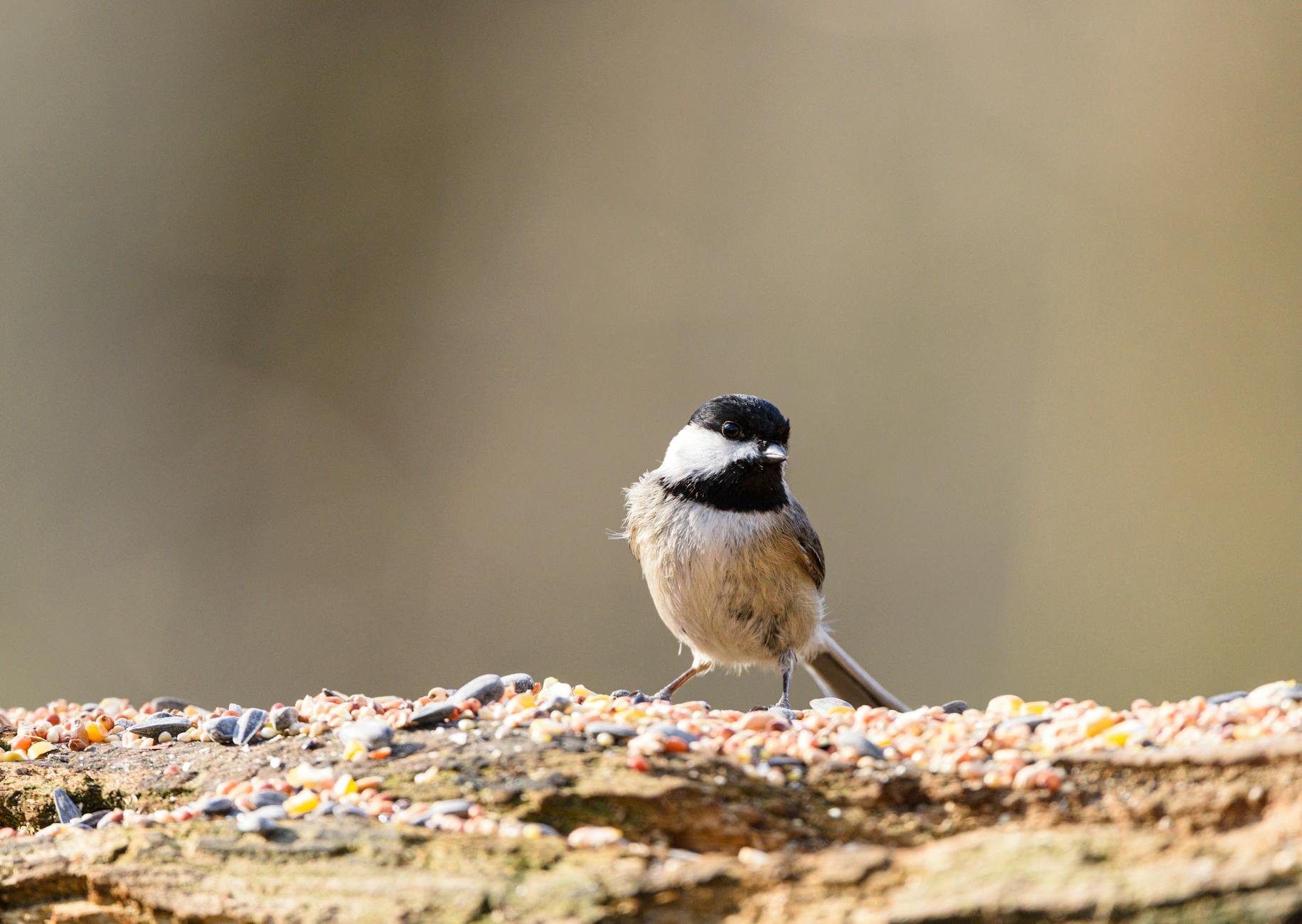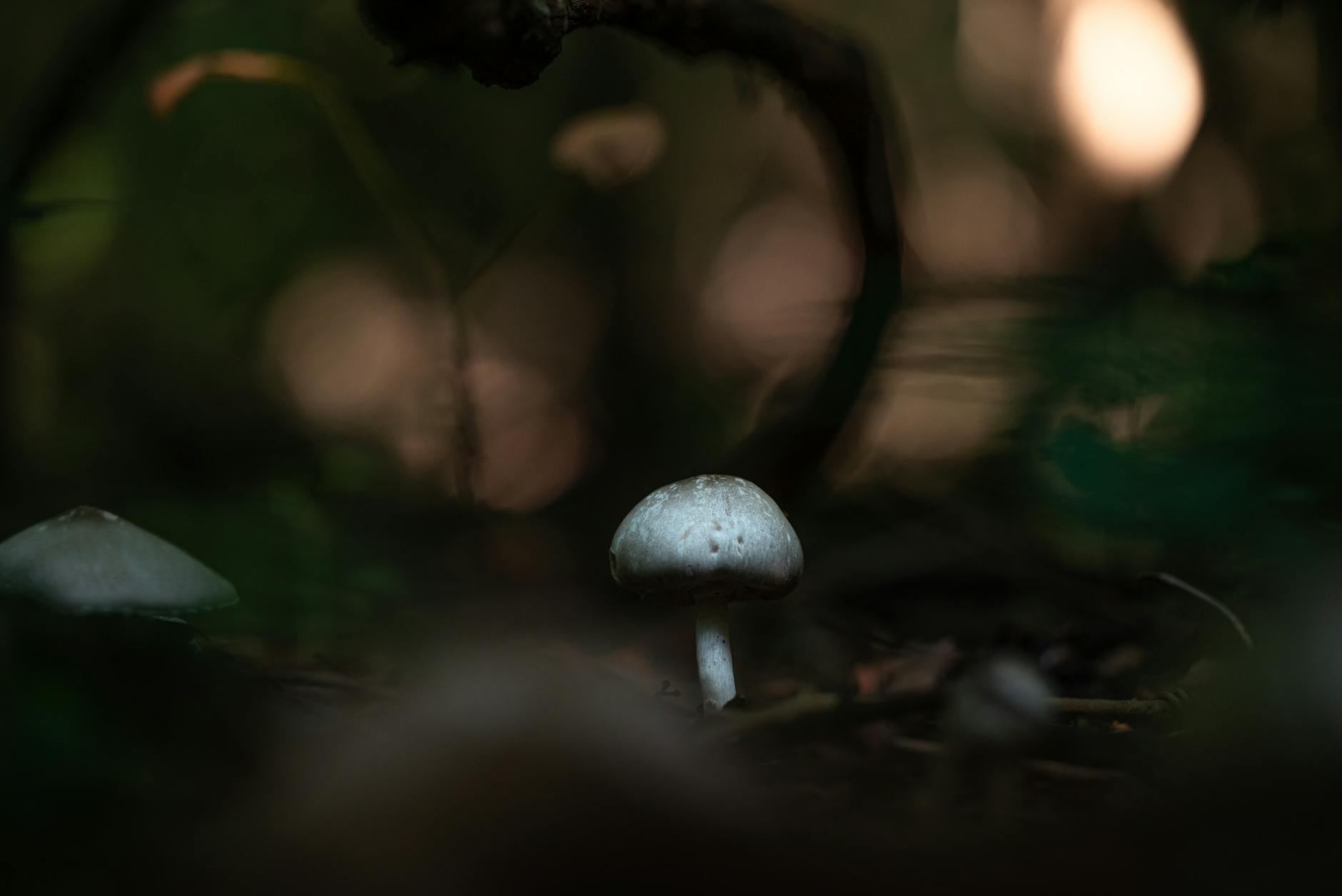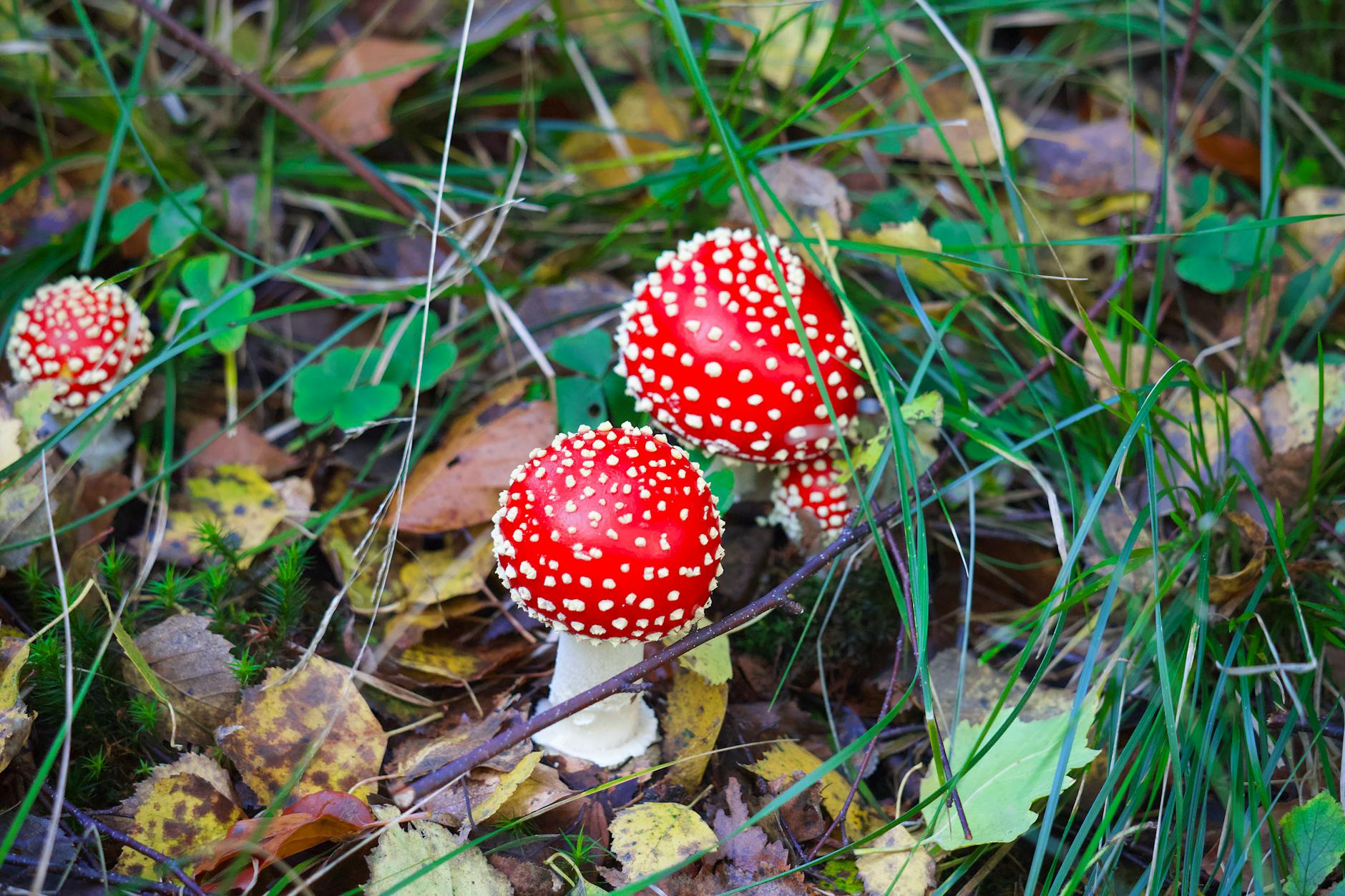Lung Oyster Foraging: Best Tips for Discovering Delicate Edibles
Lung oyster foraging is a rewarding outdoor activity that allows you to connect with nature while discovering and enjoying a delectable delicacy. Lung oysters, scientifically known as Pleurotus pulmonarius, are a type of edible mushroom with a delicate flavor and aroma, making them a prized find for foragers and culinary enthusiasts alike. In this article, we will explore the best tips for successfully foraging lung oysters, from identifying the mushroom in the wild to preparing and savoring them in delicious dishes.
Identifying Lung Oysters in the Wild
When embarking on a lung oyster foraging expedition, it is essential to know how to properly identify these mushrooms in their natural habitat. Lung oysters are characterized by their pale cream to light brown-colored caps, which are often fan-shaped with a velvety texture. The gills of lung oysters are white and descend slightly down the stems, which are thin and can vary in color from white to light brown. These mushrooms typically grow in clusters on decaying hardwood trees, especially oak and maple, during the spring and fall months.
Choosing the Right Foraging Equipment
To enhance your lung oyster foraging experience, it is important to have the right equipment on hand. A sturdy basket or breathable bag is ideal for collecting lung oysters without damaging them, as it allows for air circulation to prevent moisture buildup. Additionally, a small knife or cutting tool can be helpful for cleanly removing the mushrooms from their substrate while leaving the mycelium intact for future growth.
Practicing Ethical Foraging Techniques
When foraging for lung oysters or any wild edible, it is crucial to practice ethical foraging techniques to ensure the sustainability of the ecosystem. Only harvest mushrooms that you can positively identify as edible lung oysters, leaving behind any uncertain or immature specimens. Be mindful of the environment by avoiding trampling on vegetation and refraining from over-harvesting in the same area to allow for natural regeneration.
Cleaning and Preparing Lung Oysters
Once you have gathered a bountiful harvest of lung oysters, it is time to clean and prepare them for culinary delights. To clean the mushrooms, gently brush off any dirt or debris with a soft brush or cloth. Avoid washing lung oysters under running water, as they can become waterlogged and lose their delicate texture. Lung oysters can be enjoyed in various ways, including sautéing, grilling, or adding them to soups, stir-fries, and pasta dishes to enhance their unique flavor profile.
Enjoying Lung Oysters in Culinary Creations
Lung oysters’ delicate taste and aroma make them a versatile ingredient that can elevate a wide range of dishes. Their mild flavor pairs well with garlic, butter, herbs, and citrus, allowing for endless culinary possibilities. Consider sautéing lung oysters with garlic and thyme as a simple side dish, incorporating them into a creamy risotto, or topping a pizza with their savory goodness for a gourmet twist.
In conclusion, lung oyster foraging is an enriching experience that allows you to explore the wonders of the natural world while indulging in a culinary treasure. By following the tips outlined in this article, you can confidently venture into the wild in search of these delicate edibles and create delicious dishes that highlight the unique flavor of lung oysters. Happy foraging and bon appétit!


